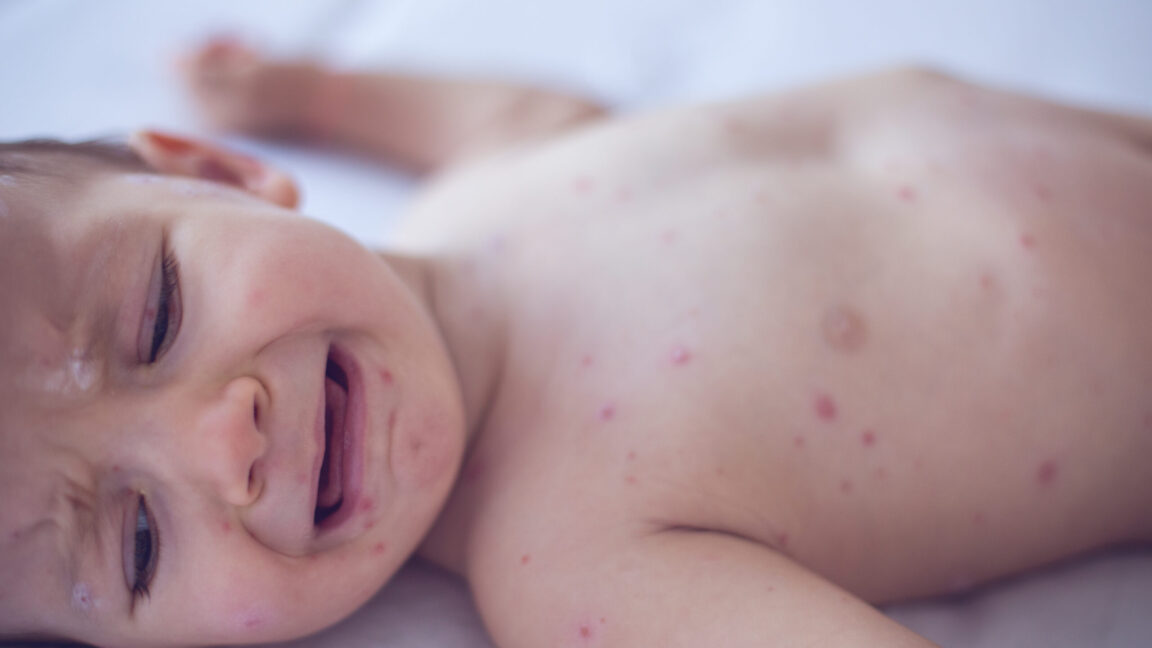Measles, whooping cough, polio, tetanus—devastating and sometimes deadly diseases await comebacks in the US as more and more parents are declining routine childhood vaccines that have proved safe and effective.
The vaccination rates among kindergartners have fallen once again, dipping into the range of 92 percent in the 2023–2024 school year, down from about 93 percent the previous school year and 95 percent in 2019–2020. That's according to an analysis of the latest vaccination data published today by the Centers for Disease Control and Prevention.
The analysis also found that vaccination exemptions rose to an all-time high of 3.3 percent, up from 3 percent in the previous school year. The rise in exemptions is nearly entirely driven by non-medical exemptions—in other words, religious or philosophical exemptions. Only 0.2 percent of all vaccination exemptions are medically justified.
The new stats mean that more parents are choosing to decline lifesaving vaccines and, for the fourth consecutive year, the US has remained below the 95 percent vaccination target that would keep vaccine-preventable diseases from spreading within communities. In fact, the country continues to slip further away from that target.
Based on data from 49 states plus the District of Columbia (Montana did not report data), 80 percent of jurisdictions saw declines in vaccinations of all four key vaccines assessed: MMR, against measles, mumps, and rubella; DTaP, against diphtheria, tetanus, and pertussis (whooping cough); VAR, against chickenpox; and polio.
Vulnerable kids
Coverage for MMR fell to 92.7 percent in 2023–2024, down from 93.1 percent in the previous school year. That means that about 280,000 (7.3 percent) kindergartners in the US are at risk of measles, mumps, and rubella infections. Likewise, DTaP coverage fell to 92.3 percent, down from 92.7 percent. Polio vaccination fell to 92.6 percent from 93.1 percent, and VAR was down to 92.4 percent from 92.9 percent.
The declines can partly be explained by the 3.3 percent exemption rate, which is up 0.3 percent from 2022–2023. Since then, 41 states and DC saw increases in the number of kindergartners with one or more vaccine exemptions. Now, 14 states have exemption rates above 5 percent, meaning that even if they vaccinated all non-exempt children, the state would still not be able to reach the 95 percent target. By contrast, during the 2020–2021 school year, there were only two states that couldn't make the 95 percent target due to exemptions.
Of course, these are just big-picture numbers for the country; vaccination rates vary by state, town, zip code, and community. Any areas with pockets of low vaccination rates are susceptible to outbreaks of vaccine-preventable infections. The more susceptible people cluster together, the easier it is for a contagious disease to gain a foothold and spread widely. In recent years, the country has seen upticks in measles outbreaks and whooping cough cases, for instance.
But, even on larger scales, some of the current US numbers are worrying. In Idaho, for example, vaccination rates for the four key vaccines hover around just 80 percent, and the exemption rate in the state is a staggering 14.3 percent.
As the CDC researchers concluded in their analysis: "Among kindergarten students, vaccination coverage continues to decline as exemptions increase, setting the stage for accumulation of clusters of undervaccinated children, which can lead to outbreaks."
The analysis didn't explore the reasons for the declining vaccination rates, but the researchers briefly speculated that the slide toward preventable outbreaks could be due to COVID-19 vaccine hesitancy bleeding over to routine vaccinations, or simply backlash to vaccine mandates during the pandemic. Regardless, the researchers pointed to evidence-based strategies to boost vaccination, including school-based vaccination clinics, enforcement of school vaccination requirements, and strong recommendations from health care providers for routine vaccinations.


